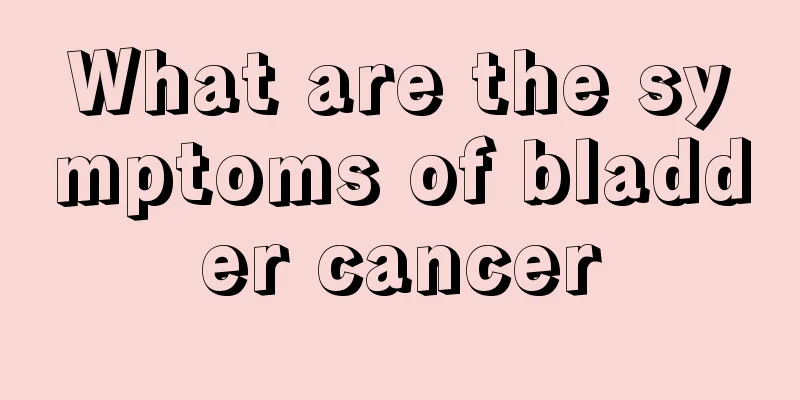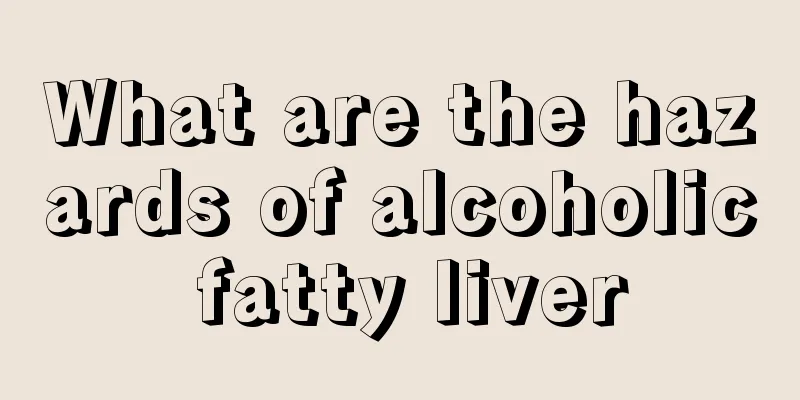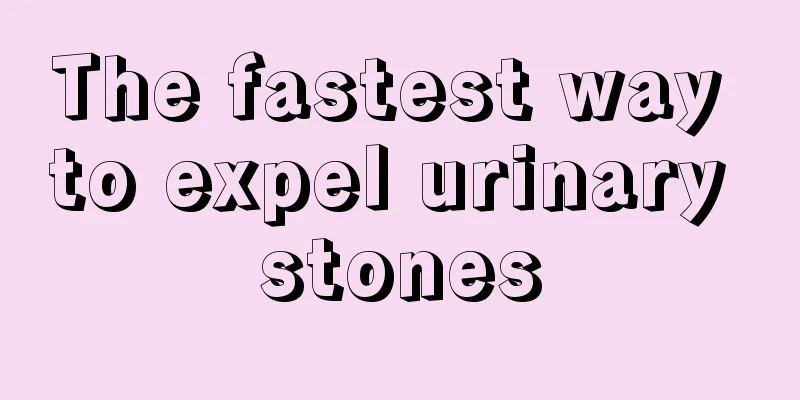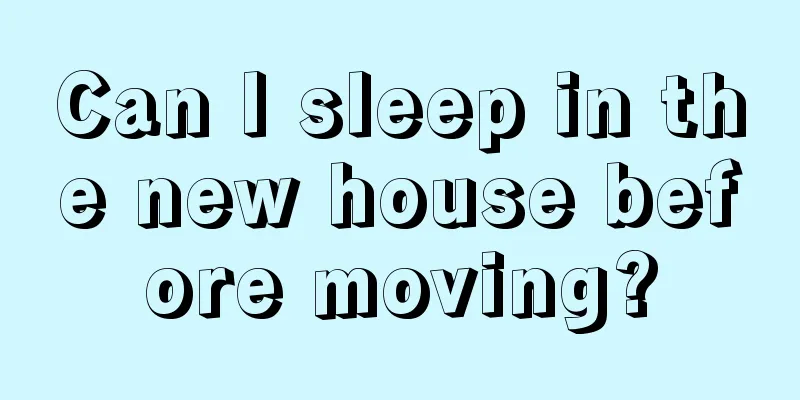Symptoms of cervical subluxation

|
The symptoms of cervical spine diseases are relatively complex because people's cervical spine joint structure is complex. Therefore, once a disease problem occurs, it needs to be checked and treated in time, otherwise it will cause other serious diseases that will be difficult to treat. The symptoms of cervical subluxation are a serious problem, indicating that the cervical spine has been severely deformed and requires massage treatment. But what are the symptoms of cervical subluxation? 1. What is cervical subluxation Subluxation of the lower cervical spine is usually caused by high-energy trauma, which causes slight displacement between the facet joints of the vertebrae. The symptoms of cervical subluxation vary in severity. In mild cases, there is only local pain and limited movement, while in severe cases, there may be combined nerve root and cervical spinal cord damage. 2. Clinical manifestations The symptoms of anterior cervical subluxation are relatively mild, mainly manifested locally, such as easy fatigue of the neck, local pain, soreness, and fatigue; limited extension and flexion and rotation of the head and neck; spasm of the neck muscles, forward tilt of the head and neck, and feeling of stiffness; swelling and tenderness of the spinous processes and interspinous spaces of the injured segment, and tenderness on the anterior side of the vertebrae. Neurological symptoms are relatively uncommon and, even if they occur, are usually mild and sometimes present as symptoms and signs of nerve root irritation. However, the problem with cervical subluxation is that it can easily cause instability in the future and aggravate the degeneration of the intervertebral disc. If this instability between vertebrae persists, according to Wolf's law, the vertebrae above and below the intervertebral disc will inevitably increase stability by increasing the contact surface between the vertebrae through bone hyperplasia. Bone hyperplasia can cause the sagittal diameter of the spinal canal to shorten, and in severe cases it can compress the spinal cord and cause cervical spondylotic myelopathy. Treatment 1. Traction therapy Traction can usually reduce the fracture, but skull traction is not necessary; occipito-mandibular strap traction may be sufficient. During traction, the head is placed in the midline position and the weight is 2 to 3 kg. After X-ray confirmed reduction, traction was continued for 3 weeks. Because there is a tendency for severe instability after reduction and dislocation is very likely to recur, the head, neck and chest should be fixed with plaster for 2 to 3 months after reduction. After the plaster is removed, a neck brace is used to maintain the condition for a period of time. Manual reduction is not advisable. If it must be done, it should be done with caution to avoid further injury. 2. Surgery Surgery is not recommended in the acute phase. If instability of the injured segment still exists in the later stage or is accompanied by delayed spinal cord or nerve root compression, surgical treatment should be performed. Anterior cervical discectomy, decompression and bone graft fusion were performed. If there is spinal cord compression, extended decompression and bone grafting should be performed. |
<<: Why do teeth become loose due to a cold?
>>: What are the symptoms of foot nerve damage
Recommend
What to do if beans have spots
Green beans are a very common vegetable, and I be...
Normal person's alcohol tolerance
Everyone has a different tolerance for alcohol, s...
There is a hard lump between the anus and the coccyx
If you find a lump between the anus and coccyx, y...
Experts explain the symptoms of bone metastasis of malignant melanoma
Malignant melanoma is not a very common disease i...
How to choose a suitable pillow
As we all know, being able to go home after a tir...
Is fetal heart rate of 149 normal?
Just like an adult's heartbeat often changes,...
Is Bigu good for the body?
Many people may not know what fasting is. It was ...
The dangers of skin cancer in men
Skin cancer is a relatively rare dermatological d...
Tips to solve the problem of fluffy hair
Many people with dry hair will have fluffy hair a...
What are the symptoms of lymphoma and what should we pay attention to in diet
What are the symptoms of lymphoma? What should I ...
What should I do if I have pollen allergy and asthma
Pollen allergy asthma has a relatively large impa...
Pathological manifestations of cervical cancer in situ
Cervical carcinoma in situ is cervical cancer in ...
What hair color suits black skin? Which one suits you?
Female friends love to play with their hair the m...
What is the reason for dizziness when getting up in the morning?
If you feel dizzy when you wake up in the morning...
Methods of targeted treatment for liver metastasis of colon cancer
The treatment methods are different from those in...









